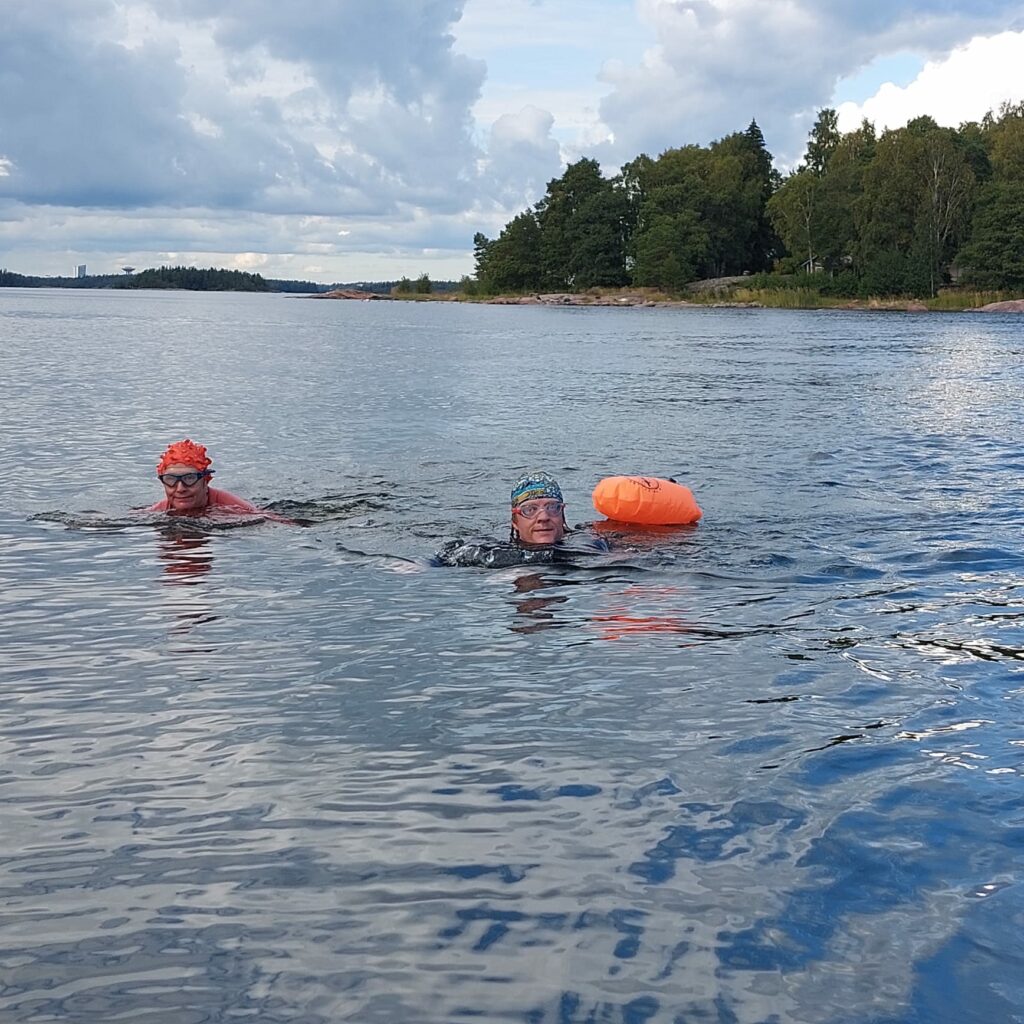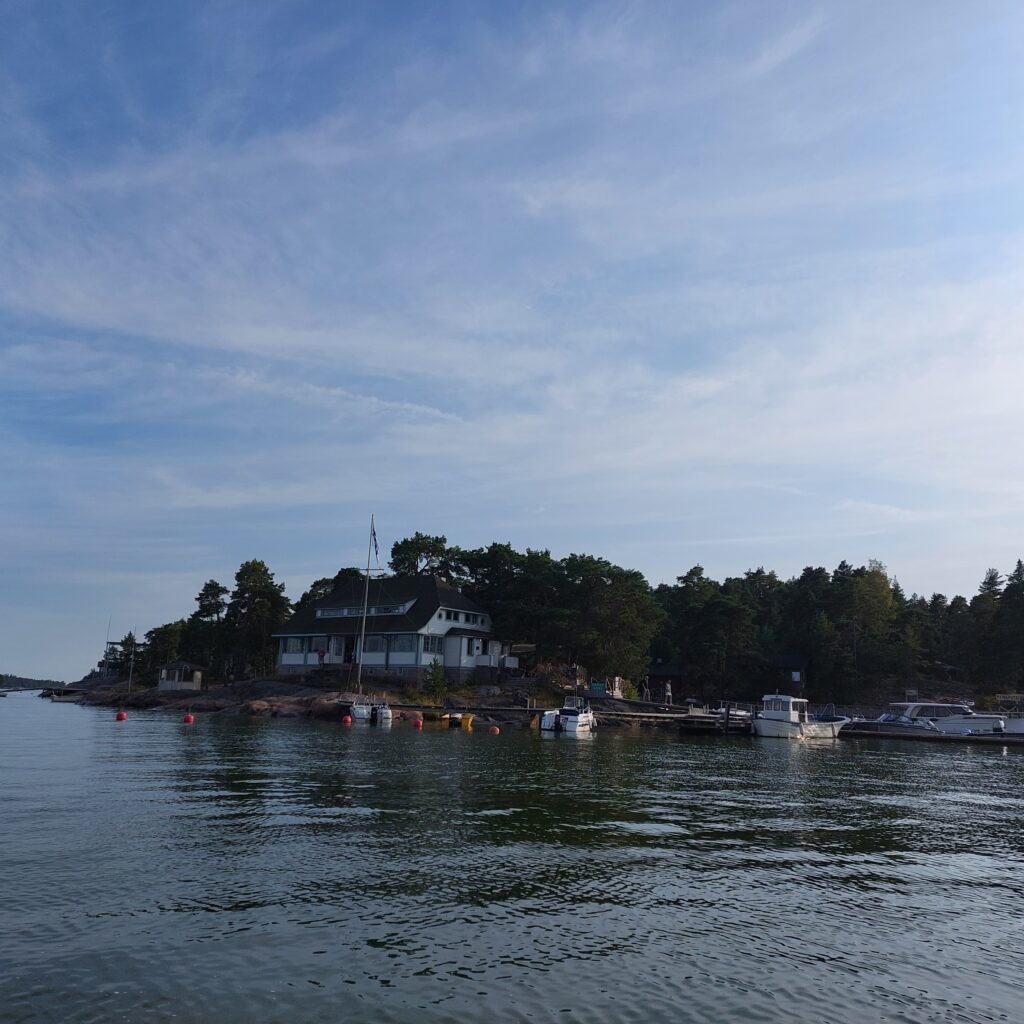Historically, the Lövö (Leaf) Islands (Stora = Large and Lilla = Small), can be traced back to the Middle Ages. Originally, Sommaröarna (the Summer Islands) including Lövo Islands was subordinate to Estonia/Tallinn, but they were transferred to Esbo diocese in the 16th century. Until around 1800, the settlement consisted only of fishing villages/homesteads, mostly gathered in a cluster at Lilla Lövö (the Small Leaf Island). The Finns were not very good at sea fishing, the first fishermen were therefore Estonians, and some of today’s families trace their roots to Estonia.

There was much discussion about ‘the border’. What belongs to an island? The islets outside the island, do they belong or not? What about the reefs? For Lövö, the discussion included the two islets in the west; Stora och Lilla Grötholmen (Large and Small Porridge Island). It took 30 years before everything was settled. It probably seems somewhat excessive to discuss the reefs year after year, but in Finland the ground rising after the ice age is still so extensive that what is a reef today – suddenly it is an islet and eventually an island.

Crossing over to Stora Grötholmen is an easily manageable swim that we have done many times. This little trip is the right thing to do before a 60th birthday, isn’t it?

Peter, as HSE officer and boat rower, insisted on wetsuits. And that was a good point, the temperature was 14 degrees, and it would have been cold if we had swum around the entire Stora Lövö, as originally planned. But with Knut partially out of action due to late covid, crossing over to Lilla Grötholmen was a good alternative. It all went well.

On the way back, a boat actually appeared from the neighboring cabin. It was a good reminder of the importance of being visible. Colorful bathing caps are always nice to have, as well as a bouy and a companion boat.

And after the bath? In Finland, a sauna is mandatory. In case you were wondering: No, all those cabins along the shore are not boathouses. Many are saunas.

Before and after the sauna, time is right to celebrate a 60th anniversary. Sauna is actually the major part of the celebration itself. The gift handover included a circular saw, and this fits perfectly with Terje B’s old slogan ‘Laita mootirosaha pois. Tänää taistelähni veitsilä.‘ = ‘Put the chainsaw away. Today we will fight with knives.‘

In honor of Finland, we celebrated the baths with a small ‘Lapland standing‘ this time. It doesn’t take many of them before you feel really happy.

It is perfectly right with a bath or ten in the Finnish Archipelago, BUT – including the risk of mosquitoes. Normally it is Knut who has the role of attracting mosquitoes in this family, but this time it was Idun who won the lottery. Thank goodness, Monkey Pox is not yet common, Idun actually got on the plane with a huge amount of large mosquito bites.







